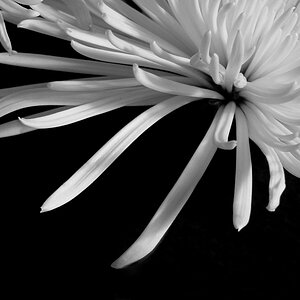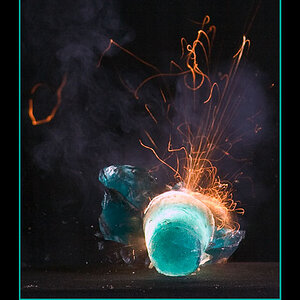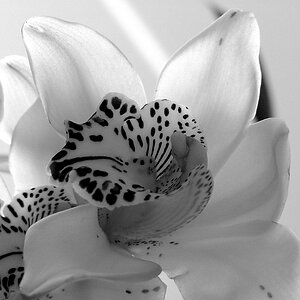TimothyPeacock
TPF Noob!
- Joined
- Apr 4, 2011
- Messages
- 70
- Reaction score
- 7
- Location
- London, UK
- Can others edit my Photos
- Photos OK to edit
I've just been having a think and can't quite work it out in my head, so wanted to ask the clever people!
When shooting portraits at a short focal length we are all familiar with the distortion that takes place, but what is the difference in distortion between a crop and a full frame camera?
For example, I take a headshot with a 28mm lens on a 1.6x crop camera, and with the same lens on a full frame camera. Because it is the same lens the distortion must be the same; so is it less noticeable on the crop sensor as there is a smaller field of view, or on the full frame sensor as there is a larger field of view?
On the crop sensor the 28mm lens has a similar field of view to a 45, but the distortion can't be as if it were a 45mm lens, as it is still 28....
I feel like I'm talking round in circles, but I hope it makes some sense.
Looking forward to your responses to my tangled brain mess!
Cheers,
T
When shooting portraits at a short focal length we are all familiar with the distortion that takes place, but what is the difference in distortion between a crop and a full frame camera?
For example, I take a headshot with a 28mm lens on a 1.6x crop camera, and with the same lens on a full frame camera. Because it is the same lens the distortion must be the same; so is it less noticeable on the crop sensor as there is a smaller field of view, or on the full frame sensor as there is a larger field of view?
On the crop sensor the 28mm lens has a similar field of view to a 45, but the distortion can't be as if it were a 45mm lens, as it is still 28....
I feel like I'm talking round in circles, but I hope it makes some sense.
Looking forward to your responses to my tangled brain mess!
Cheers,
T


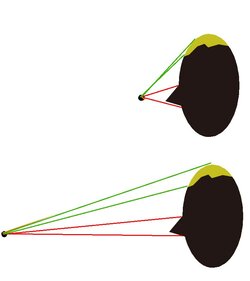
![[No title]](/data/xfmg/thumbnail/38/38737-350089c7ae87f5c983c5362b9b78b671.jpg?1619738703)
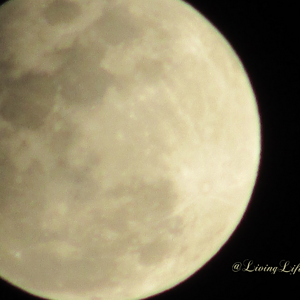
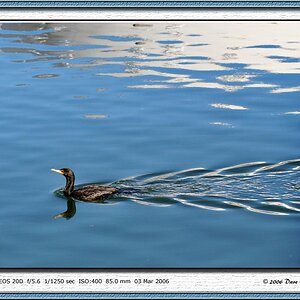
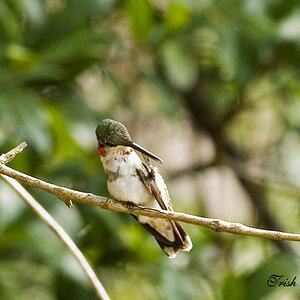

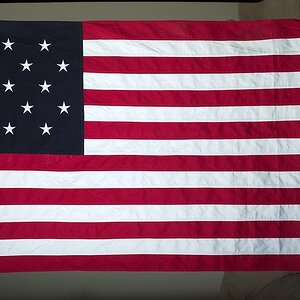
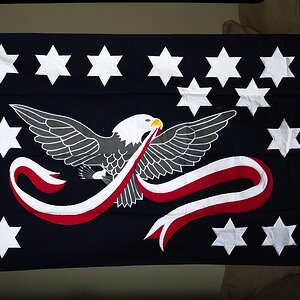
![[No title]](/data/xfmg/thumbnail/38/38735-2245cc1b04db3f96fa74095ae14558a6.jpg?1619738703)
